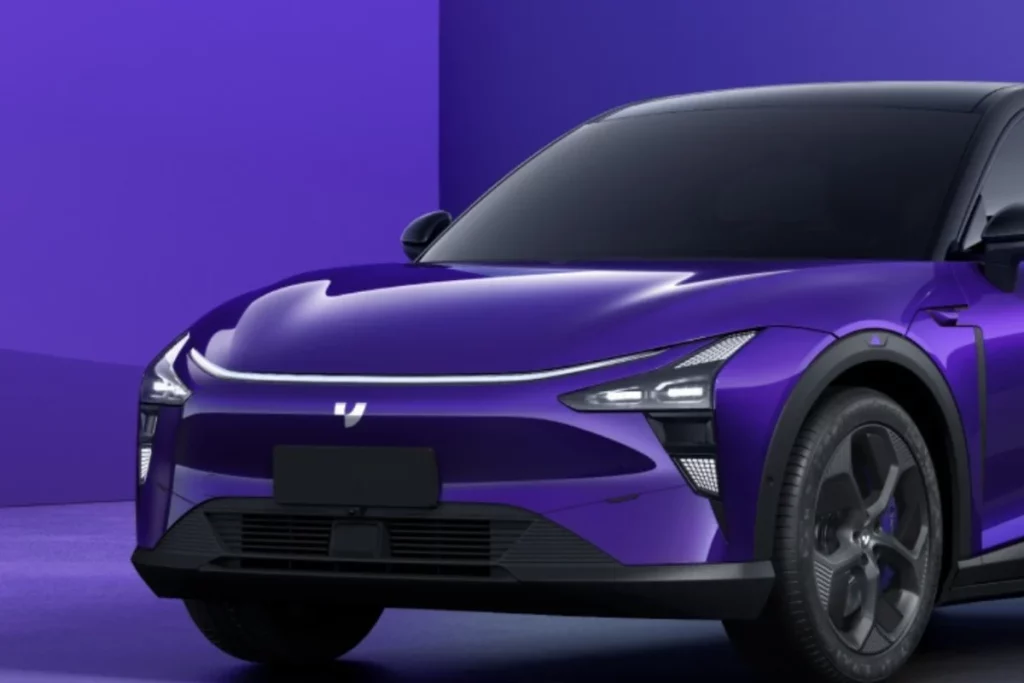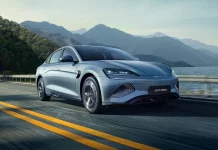Electric vehicles (EVs) are in a fascinating phase of development. While their heart, the lithium-ion battery, has seen prices drop significantly, EVs as a whole remain costly. Let’s explore why this is happening.
Cheaper raw materials and Expanded production contributed to the reduction in prices
A decade ago, the average cost of a lithium-ion battery was $780 per kilowatt-hour. As of 2023, this has plummeted to a record low of $139/kWh, according to the Bloomberg New Energy Foundation (BNEF). This decrease is largely due to expanded production and cheaper raw materials. Yet, despite these cost reductions, EVs haven’t become significantly more affordable for the average consumer. Why?

First, the reduction in battery costs doesn’t immediately translate to cheaper EVs. Manufacturing an EV is a capital-intensive process, with numerous costs beyond just the battery. Even with cheaper batteries, automakers still face high production costs.
Second, the EV market hasn’t expanded as rapidly as anticipated. This slower growth means that the high investment in EV production hasn’t paid off as expected, leading to higher prices for consumers. For instance, in 2022, battery prices actually increased briefly due to a mismatch between supply and demand.
Furthermore, automakers are cautious in transferring cost reductions to consumers. Brands like General Motors and Ford have faced delays in their EV rollout due to market conditions and the need for technological enhancements. This indicates a larger issue: the EV industry is still finding its footing in a competitive and evolving market.
However, there’s a silver lining. North America is rapidly growing as a battery manufacturing hub, bolstered by governmental support. With increased domestic production and investment in battery technology, the future looks promising.
RELATED:
- Xiaomi 14: New flagship with snapdragon 8 gen 3 only for $599
- Lenovo Legion Y700 2023: Save $100 on this 8-inch gaming Android tablet
- Rotwild R.X1000 and R.C1000 e-bikes unveiled with innovative gearbox units and a 960Wh battery
- Redmi Watch 4 and Redmi Buds 5 Pro battery details teased
- Best smart luggage of 2023: Modobag, Weego, Incase & More
(Via)







